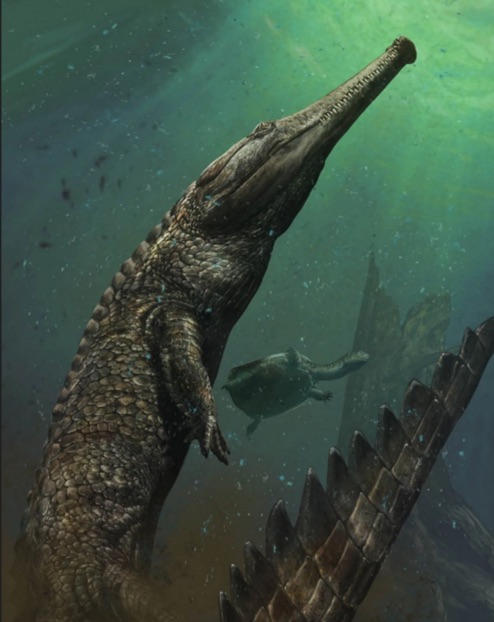A team of scientists from the Department of Biological, Geological and Environmental Sciences and the Geological Museum Giovanni Capellini of the University of Bologna discovered the skeletons of giant crocodiles representing a new species, Machimosaurus rex.
With a jaw that could munch a human like a big granola bar, the marine monster swam the seas millions of years ago, late in the era of dinosaurs.
With a grant from National Geographic, Italian paleontologist Federico Fanti and his team found a fossilized skull and fragments of several skeletons buried in the North African desert—a region that other academics noted remained relatively un-probed for fossils.
The findings were published Monday in the Cretaceous Research journal and reported by National Geographic.
“Although the recovered remains are fragmentary, enough remained in the 120-million-year-old rock to identify the reptile as the largest known member of a peculiar lineage of crocodiles that spent their lives almost entirely at sea,” NG wrote.
Dating the fossil put the super-croc, dubbed Machimosaurus rex, solidly in the Cretaceous, the last of three periods of dinosaur domination, and a time characterized by a steamy climate weathered by primitive birds, duck-billed dinosaurs and the infamous T. rex.













